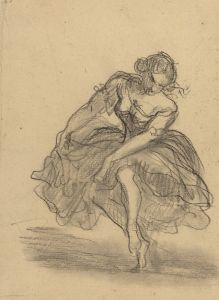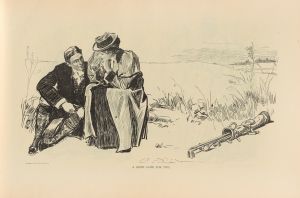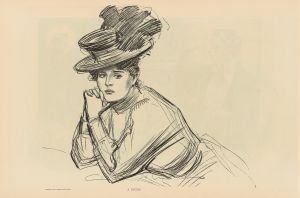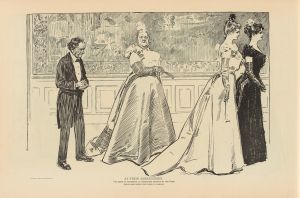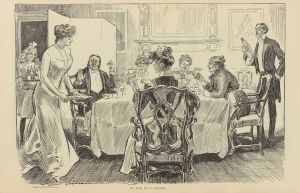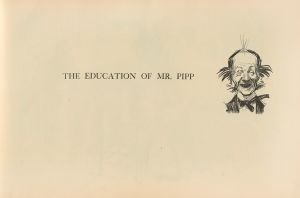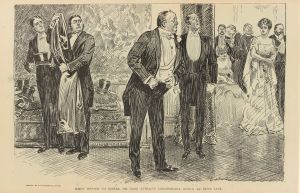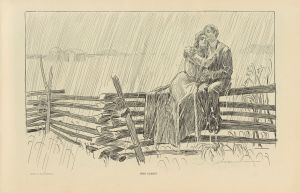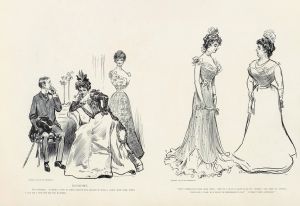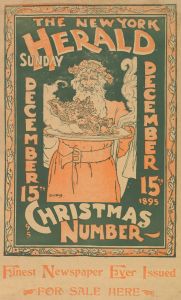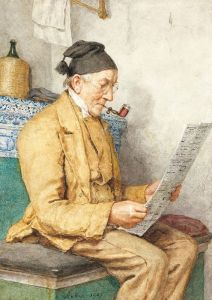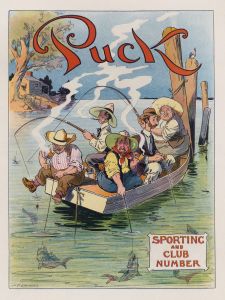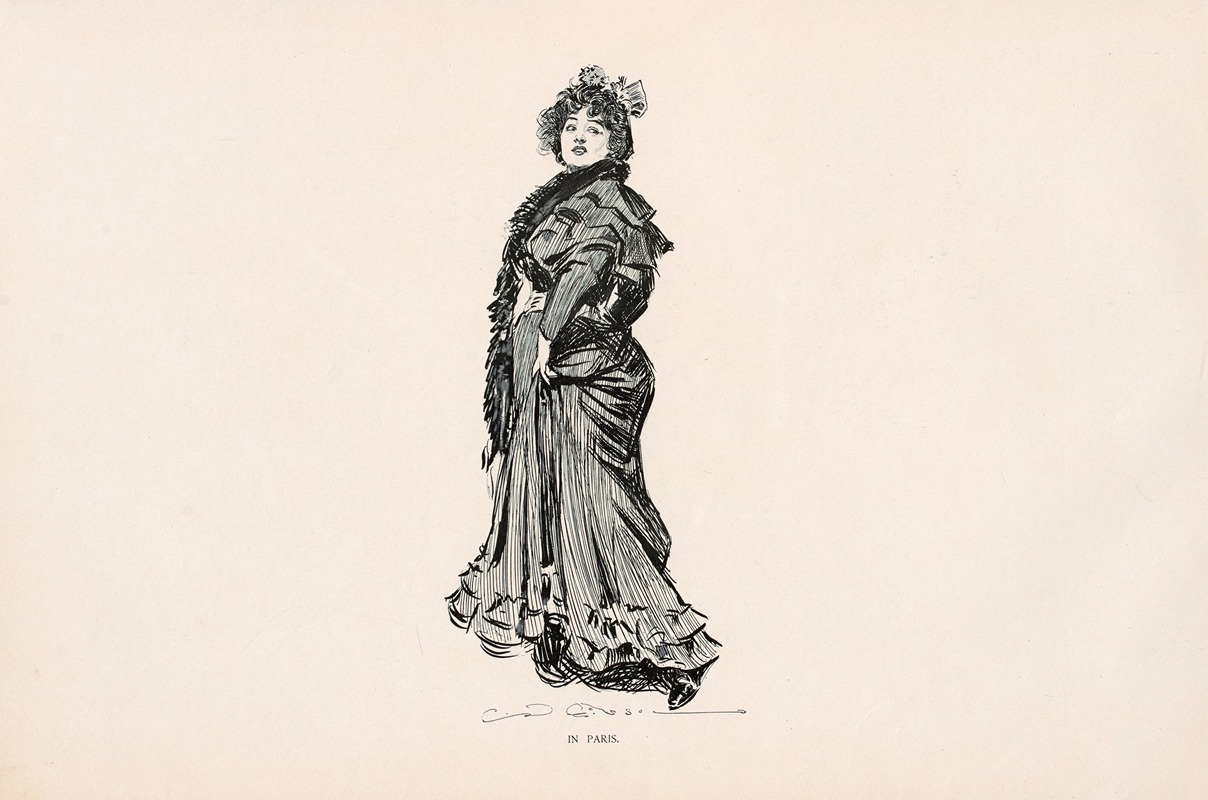
In Paris
A hand-painted replica of Charles Dana Gibson’s masterpiece In Paris, meticulously crafted by professional artists to capture the true essence of the original. Each piece is created with museum-quality canvas and rare mineral pigments, carefully painted by experienced artists with delicate brushstrokes and rich, layered colors to perfectly recreate the texture of the original artwork. Unlike machine-printed reproductions, this hand-painted version brings the painting to life, infused with the artist’s emotions and skill in every stroke. Whether for personal collection or home decoration, it instantly elevates the artistic atmosphere of any space.
Charles Dana Gibson was a prominent American illustrator, best known for his creation of the "Gibson Girl," an iconic representation of the American woman at the turn of the 20th century. His work was widely published in magazines such as Life, Harper's Weekly, and Scribner's, and he became one of the most influential illustrators of his time. Among his numerous works, "In Paris" is one of the illustrations that captures the essence of his style and the cultural milieu of the era.
"In Paris" is a black-and-white illustration that showcases Gibson's keen eye for detail and his ability to capture the subtleties of social interactions. The artwork typically features elegantly dressed figures, often women, depicted in a sophisticated and fashionable manner. This particular illustration is set against the backdrop of Paris, a city that was, and still is, synonymous with fashion, art, and culture. The scene likely portrays the leisurely and stylish life of the upper class, a common theme in Gibson's work.
Gibson's illustrations often reflected the societal norms and expectations of the time, particularly concerning gender roles and class distinctions. The "Gibson Girl," which appears in many of his works, including possibly "In Paris," was characterized by her poise, beauty, and independence. She was often depicted as a modern woman who was both socially active and intellectually engaged, a new ideal for women in the early 1900s. This representation resonated with the changing attitudes towards women's roles in society, as they began to seek more autonomy and opportunities outside the domestic sphere.
The setting of Paris in this illustration is significant, as the city was a hub of artistic and cultural innovation during the late 19th and early 20th centuries. It was a place where artists, writers, and intellectuals from around the world gathered to exchange ideas and push the boundaries of their respective fields. By situating his illustration in Paris, Gibson not only highlights the city's allure and sophistication but also aligns his work with the broader cultural movements of the time.
Gibson's technique involved the use of pen and ink, allowing him to create intricate and expressive lines that conveyed both the elegance and dynamism of his subjects. His attention to detail in clothing, facial expressions, and body language brought his characters to life, making them relatable to the audience of his day. The popularity of his illustrations, including "In Paris," contributed to the widespread influence of the "Gibson Girl" as a cultural icon.
Overall, "In Paris" by Charles Dana Gibson is a testament to the artist's skill in capturing the spirit of an era. Through his depiction of fashionable figures in a Parisian setting, Gibson not only entertained his audience but also offered a commentary on the social dynamics and aspirations of the early 20th century. His work remains a valuable historical artifact, providing insight into the cultural and artistic trends of the time.





